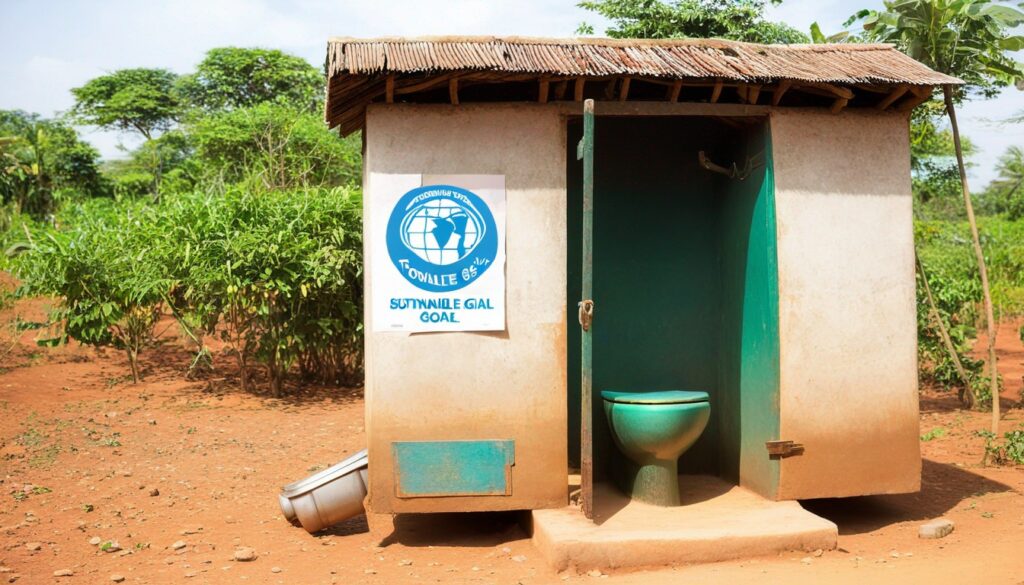China, still reeling from the impact of the COVID-19 pandemic, faces a new health emergency—a mysterious pneumonia outbreak surging through schools. This alarming situation bears a stark resemblance to the initial days of the COVID crisis and is triggering a surge in hospital admissions, casting a shadow over the nation’s healthcare infrastructure.
Hospitals in Beijing and Liaoning, located 500 miles northeast, are struggling from an influx of ailing children, stretching their capabilities to the brink. Local reports hint at imminent school closures due to the severity of the outbreak. What sets this apart is the unusual symptom profile displayed by affected children including lung inflammation and high fever and is devoid of the typical signs associated with flu, RSV, and other respiratory conditions.
ProMed, which is an open-access surveillance platform tracking global disease outbreaks has also issued a disconcerting alert about an epidemic of “undiagnosed pneumonia” predominantly affecting children. This scenario draws parallels to a crucial early warning in December 2019, which preceded the identification of SARS-CoV-2, the virus triggering COVID-19, setting off alarms among medical experts and global health organizations.
The World Health Organization (WHO) urgently requested comprehensive data from China regarding the spreading of respiratory illness in the northern regions. Reports from the WHO indicate a surge in “influenza-like illness” since mid-October, prompting inquiries into clusters of pneumonia affecting children.
Beijing’s National Health Commission blamed the rise in respiratory illnesses to the relaxation of COVID-19 restrictions and the circulation of known pathogens like influenza and common bacterial infections among children. Wang Quanyi who is the deputy director at the Beijing Center for Disease Control and Prevention, emphasized the concurrent presence of multiple pathogens in the capital.
Recent media reports and surveillance systems have highlighted clusters of undiagnosed pneumonia in northern China. This led the WHO to seek further information on pathogen circulation, the capacity of the health system and recommended preventive measures. As the region experiences decreasing temperatures, the WHO stresses the importance of preventive actions, including vaccination, maintaining distance from ill individuals, and wearing masks.
Despite these developments, China’s response to requests for additional information remains uncertain, bringing back concerns about transparency, echoing issues raised during the COVID-19 pandemic. The WHO has continuously advocated for collaboration and data sharing to disclose the origins of COVID-19, focusing the crucial role such information plays in preventing future pandemics.
The extent and timeline of the outbreak remain ambiguous, but concerns loom large regarding the potential emergence of another pandemic. The urgency to comprehend and contain this illness underscores the pressing need for comprehensive data and global cooperation in avoiding upcoming health crises.
This situation serves as a reminder that the vigilance of global health authorities and swift transparent responses from nations are important in identifying, understanding, and combatting emerging health threats before they escalate into widespread pandemics. The responsibility lies on collaborative efforts to swiftly address and contain this mysterious illness to safeguard public health on a global scale.
 source: thehealthcaredaily
source: thehealthcaredaily
Table of Contents
Toggle
- What is Pneumonia?
- Symptoms of Pneumonia
- Causes of Pneumonia
- Is Pneumonia a Serious Problem?
- Treatment of Pneumonia
What is Pneumonia?
Pneumonia is a respiratory condition highlighted by inflammation in the lungs, often caused by bacteria, viruses, or fungi. It comes with symptoms like cough, difficulty breathing, chest pain, and fever. The infection causes the lung’s air sacs to fill with fluid or pus, hindering oxygen absorption and leading to severe respiratory distress. Pneumonia varies in severity, from mild cases treatable at home to severe cases requiring hospitalization, especially among the elderly, infants, and those with weakened immune systems. Timely medical intervention with antibiotics or antiviral medications is crucial for managing pneumonia and preventing potential complications.
Symptoms of Pneumonia
Pneumonia comes up with many symptoms, often starting as a cold or flu but escalating rapidly. Common signs include cough, chest pain when breathing or coughing, rapid breathing, fever, chills, and fatigue. Patients may experience shortness of breath, sometimes accompanied by a bluish tinge to the lips or nails due to a lack of oxygen. Pneumonia can lead to nausea, vomiting, and confusion, especially in older adults. While symptoms might differ based on the cause and individual health, prompt medical attention is crucial upon experiencing these signs to prevent complications.
Causes of Pneumonia
Pneumonia is a severe respiratory condition that happens for various reasons, bacterial, viral, and fungal infections. Bacteria like Streptococcus pneumoniae and Haemophilus influenzae, and viruses including influenza, respiratory syncytial virus (RSV), and SARS-CoV-2 (the virus responsible for COVID-19), are common culprits. Inhaling or aspirating harmful substances, chemicals, or liquids can trigger a type of pneumonia termed aspiration pneumonia. Other factors, such as weakened immune systems due to chronic illness or ageing also contribute to susceptibility. Environmental factors like air pollution and smoking increase the risk. Understanding these diverse origins supports in developing of prevention and treatment strategies against this widespread respiratory issue.
Is Pneumonia a Serious Problem?
Pneumonia poses a serious health concern, especially due to its potential to escalate swiftly and affect vulnerable populations. It’s a respiratory infection causing inflammation in the air sacs of the lungs, leading to symptoms like cough, fever, and difficulty breathing. While treatable with antibiotics and supportive care, severe cases can be life-threatening, particularly in the elderly, young children, and individuals with weakened immune systems. Its capacity to spread rapidly in communities, coupled with the emergence of drug-resistant strains, underscores the gravity of pneumonia as a significant health issue demanding continuous attention, preventive measures, and timely medical intervention.
Treatment of Pneumonia
Pneumonia treatment varies based on its cause, ranging from antibiotics for bacterial pneumonia to antiviral medications for viral cases. Supportive care, including rest, hydration, and fever management, aids recovery. Vaccinations against common pneumonia-causing agents, like Streptococcus pneumoniae and influenza, help prevent infection. In severe cases requiring hospitalization, oxygen therapy or mechanical ventilation may be necessary. Developing personalized treatments and enhancing antibiotic stewardship are ongoing goals in combating pneumonia. Early diagnosis, prompt treatment, and preventive measures through vaccines remain important in managing this respiratory condition.





